10 Best Adventures of 1931
By:
May 3, 2016
Eighty-five years ago, the following 10 adventures — selected from my Best Twenties Adventure list — were first serialized or published in book form. They’re my favorite adventures published that year.
Please let me know if I’ve missed any 1931 adventures that you particularly admire.
- Arthur Ransome’s Swallows and Amazons adventure Swallowdale. Native trouble! The Amazons’ stuffy, tyrannical Great Aunt has come to visit; Nancy and Peggy aren’t allowed on any adventures with the Swallows. Worse, the tomboys are forced to wear starched dresses and behave like proper young ladies — even to the point of reciting uplifting Victorian poetry. Even worse, the Swallow hits a rock and sinks. Captain Flint (the Amazons’ Uncle Jim) helps John build a new mainmast, while the boat is being repaired. Roger and Titty, meanwhile discover a hidden valley on the moors above the lake. Dubbing it Swallowdale, the Swallows move in. Finally, the Great Aunt leaves and the Swallows and Amazons mount an expedition to the summit of “Kanchenjunga”… where they find evidence that Nancy and Peggy’s parents and uncle had done the same thing 20 years earlier. When Roger and Titty are lost on the moor in a fog, their idyll suddenly turns frightening. Fun fact: The second book in the Swallows and Amazons series. Chronologically, it is set after the events of the third book, Peter Duck, so some fans suggest reading this book after that.
- Dorothy L. Sayers’s Lord Peter Wimsey crime adventure Five Red Herrings. This whodunnit brings Lord Peter Wimsey to southwestern Scotland’s Galloway region. When alcoholic painter Sandy Campbell is found dead in a stream, it is at first assumed that he slipped and fell. But Wimsey notices that Campbell’s half-finished painting contains an inconsistency suggesting that someone else worked on it — expertly imitating Campbell’s distinctive style — after the artist’s death. Six nearby artists, all of whom were known to have quarreled violently with Campbell, are suspected. But each of the six behaves suspiciously… so who is the killer, and who are the five red herrings, in this case? It’s a frustrating puzzle, but we’re willing to go along for the ride because Wimsey is such a compelling character. Like Leslie Charteris’s Simon Templar, he’s fond of meta-fictional commentary, like: “You get it in all the mystery stories. Of course, the last person to see him never commits the crime. That would make it too easy.” True, it’s not as exciting as other examples of the glorious tradition of thrillers set in Scotland. Still, it’s one of the best adventure novels of 1931.Fun fact: “Train timetable” mysteries were popular at the time. British readers couldn’t get enough!
- Leslie Charteris’s Simon Templar adventure novel She Was a Lady. In She Was a Lady, the seventh Saint book, Simon Templar is no longer a criminal; in fact, he’s working for Scotland Yard. His first mission is to investigate a crime ring — led by Jill Trelawney, a beautiful young woman who has sworn revenge on Scotland Yard — which helps its members evade police dragnets and ambushes. Templar busts up the ring, but then… he and Trelawney team up, and embark on what appears to be a new crime wave. What’s going on? Templar and Trelawney — who doesn’t seem to be as ruthless and resourceful as we’ve heard she is; she requires rescuing a few times — are hunting down the men who framed her father (a Scotland Yard bigwig who was dismissed for corruption), and drove her to her life of crime. There’s a meta-fictional aspect to this novel that’s very pleasing for the contemporary reader: e.g., the Saint is forever comparing himself (favorably) to a storybook hero. Fun fact: When first published in the United States in 1932, this novel was titled Angels of Doom. But most editions published after 1941 were titled The Saint Meets His Match. Adapted, in 1929, as a film starring George Sanders.
- Dashiell Hammett‘s crime adventure The Glass Key. Ned Beaumont, the protagonist of this hard-boiled love story, isn’t a detective but a gambler. He’s persuaded to investigate the murder of a senator’s son by his friend and employer Paul Madvig, a construction company owner and crooked politico. Madvig hopes to marry the senator’s daughter; Beaumont seems mostly interested in using his nw privileges as a special deputy to track down a bookie who owes him money. Madvig’s political rivals kidnap and torture Beaumont, hoping to implicate Madvig in the murder; worse, Madvig confesses that he killed the senator’s son. Yet Beaumont doesn’t believe it, and won’t betray his friend. The senator’s daughter falls in love with Beaumont, and tells him about a dream she’s had — in which he tries to lock up a nest of snakes, only to shatter the lock’s glass key. Is her subconscious suggesting that Beaumont is an unlikely hero, one in whom she ought not to place her trust? The reader can’t help but agree. Fun fact: The book has been adapted as a movie twice, in 1935 (starring George Raft) and in 1942 (starring Alan Ladd). Also, the Coen Brothers’ 1990 neo-noir gangster film Miller’s Crossing, is an homage of sorts — a sardonic inversion? — to The Glass Key.
- Francis Iles’s psychological thriller Malice Aforethought. In the novel’s first paragraph, we learn that Dr. Bickleigh, who lives in the exclusive Devonshire hamlet of Wyvern’s Cross, intends to murder his domineering, shrewish wife, Julia. This was an innovative twist on the genre, at the time; this sort of thing is known in the trade as an “inverted detective story.” In fact, not only does the reader know who dunnit, but the residents of Wyvern’s Cross do, too. So it’s a psychological thriller, in which the author’s goal is to keep us feeling sympathy for a murderer as long as possible. This Iles (Anthony Berkeley Cox) does by playing up Bickleigh’s meekness and his wife’s awfulness; we’re almost rooting for him, by the time the deed is done. (It takes time — Bickleigh influences Julia to take ever larger doses of painkillers.) The narrator’s depiction of Wyvern’s Cross as a claustrophobic, hypocritical social order is very funny. However, we also begin to see that Bickleigh is a self-centered sociopath, a serial philanderer. When the woman Bickleigh loves announces her engagement to another man, we wonder: What next? Fun fact: The novel’s plot is loosely based on a real-life case. Along with Agatha Christie and Freeman Wills Crofts, Anthony Berkeley Cox, who wrote as Francis Iles (among other noms de plume), founded London’s legendary Detection Club. He is considered a key figure in the development of crime fiction.
- Nathanael West‘s sardonic picaresque The Dream Life of Balso Snell. The Dream Life of Balso Snell is a series of encounters — taking place within the entrails of the (enormous) Trojan Horse, which the protagonist has stumbled upon — with grotesque characters who may or may not represent various religious and artistic ideals. West savages not only bourgeois types like our protagonist, Balso Snell, a cliché-spouting middle-aged poet. He also rejects “smart, sophisticated, sensitive yet hard-boiled” nobrows, i.e., nihilists like himself, as well. Buffeted between the highbrow language of official culture and lowbrow material realities (from assholes to severed fingers), Snell seeks a middlebrow dialectical synthesis of the two… but the author is a resolute negative dialectitian. So Snell is condemned to an endless Purgatory. Fun fact: The author’s blurb announced the book’s “use of the violently dissociated, the dehumanized marvelous, the deliberately criminal and imbecilic.” The book was published in New York by the Paris-based Contact Editions in an edition of 500 copies. There were no other printings during West’s lifetime. In a 1972 interview, Ishmael Reed credited his high-school discovery of The Dream Life of Balso Snell with having inspired his own experimentalism.
- John Taine’s Seeds of Life. Neils Bork, a pathetic lab technician, attempts suicide via X-rays… and is transformed into a supermind in the body of a swarthy Adonis. He renames himself De Soto: “De Soto was but a partial, accidental anticipation of the more sophisticated and yet more natural race into which time and the secular flux of chance are slowly transforming our kind.” He invents wireless energy transfer devices, secretly planning to use them to bombard humankind with “dysgenic” rays that will devolve unborn children. Then De Soto’s own evolution reverses itself: “I never used to think [i.e., while he was still a super-genius], but saw the inevitable consequences of any pattern of circumstances — no matter how complicated — immediately, like a photograph of the future.” He repents of his superioristic ways, and is killed by his own reptilian offspring! Fun fact: John Taine was the pseudonym of noted mathematician Eric Temple Bell. The novella, which may have influenced everything from Flowers for Algernon to Spider-Man, was serialized in Amazing Stories.
- Neil R. Jones’s Professor Jameson stories. In 1958, Professor Jameson arranges for his body to be cryopreserved — in a rocket orbiting the Earth — after he’s dead. Forty million years later, a crew hailing from the planet Zor, whose inhabitants had “built their own mechanical bodies, and by operation upon one another had removed their brains to the metal heads from which they directed the functions and movements of their inorganic anatomies,” discover the satellite. The Zoromes transfer Jameson’s brain into a machine body, then take him to visit the lifeless Earth, an experience that nearly drives him mad, until he realizes that “He could be immortal if he wished! It would be an immortality of never-ending adventures in the vast, endless Universe among the galaxy of stars and planets.” Indeed, Jones would publish 21 more Professor Jameson stories. Are they well-written? Not particularly. However, Jones’s stories were popular at the time, and their cyborg conceit is a terrific one. Fun fact: The first story in the series is “The Jameson Satellite” (Amazing Stories, July 1931). Isaac Asimov claimed the Zoromes, who although technically cyborgs are robot-like in their thorough-going objectivity, gave him his “feeling for benevolent robots who could serve man with decency.”
- A. Merritt’s The Face in the Abyss. This semi-occult SF novel combines Merritt’s stories “The Face in the Abyss” (serialized Sept. 1923) and its sequel, “The Snake Mother” (serialized Oct.-Dec. 1930). In the Peruvian Andes, treasure-hunter Nicholas Graydon rescues Suarra, handmaiden to Adana, the Snake Mother of Yu-Atlanchi. Adana is the last of a race of superintelligent serpent people whose servants, the Old Race, are immortal. Although possessed of fragments of their superior science, they are now obsessed only with sex, hunting mutants with dinosaurs, and dream machines. (Who can’t relate?) Adana, who possesses spectacular paranormal abilities, is humankind’s only defense against Nimir, a Sauron- or Voldemort-like mage who’d conquer the world if he could inhabit a physical body. He wants Graydon’s. Fun fact: Merritt was once considered the greatest living science fiction and fantasy writer; he even had a magazine — A. Merritt’s Fantasy Magazine — named after him. The Face in the Abyss is on HILOBROW’s 100 Best Radium Age Sci-Fi Novels list.
- Hergé’s bande dessinée adventure Tintin en Amérique (Tintin in America). In the third volume of The Adventures of Tintin, the young reporter-adventurer and his dog, Snowy, traverse a European fantasy version of America — one populated by murderous Prohibition-era gangsters and primitive Wild West-style Indians. The action is non-stop: Tintin captures members of Al Capone’s mob, but corrupt Chicago police let them get away; Capone’s rival, Bobby Smiles, attempts to hire Smiles… but Tintin has Smiles’s gang arrested. Tintin pursues Smiles to a Midwestern town (offensively named Redskin City), only to be captured by a Blackfoot tribe who plans to execute him. Tintin escapes, evades a lynch mob and a wildfire, and captures Smiles… but then Snowy is kidnapped! What next? Fun fact: Published as a color album in 1945.
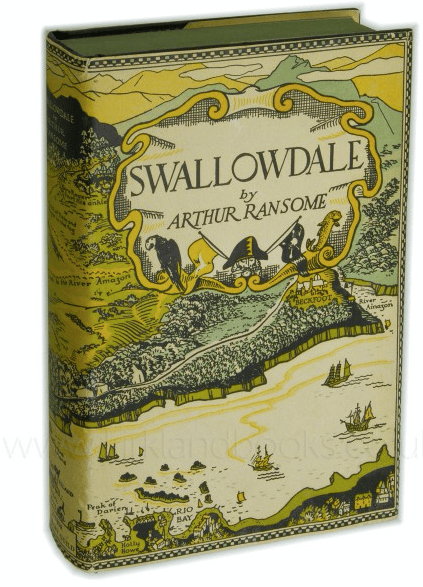
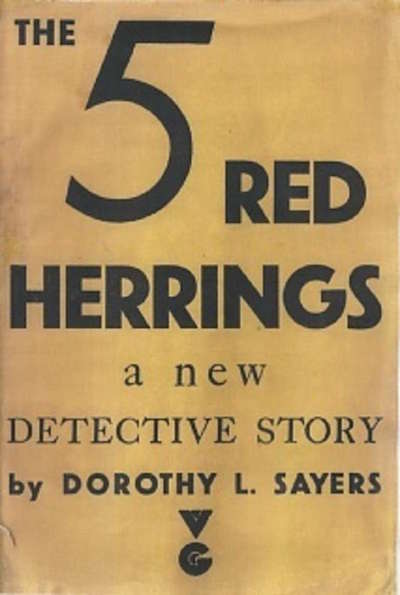
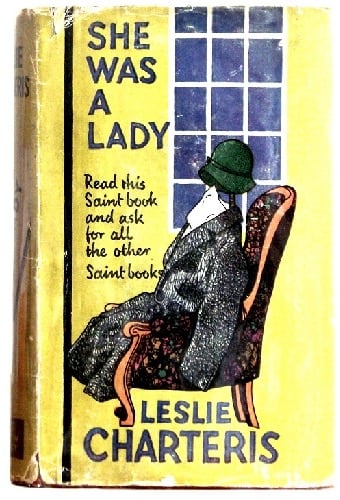
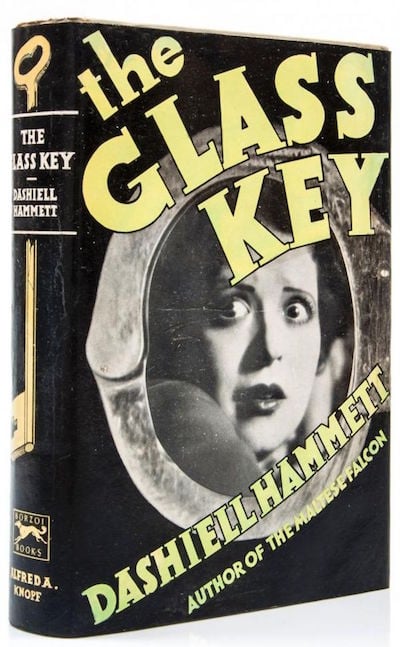
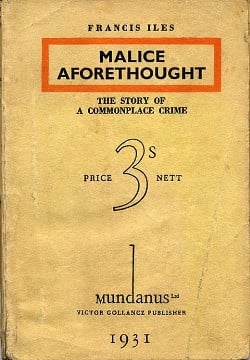
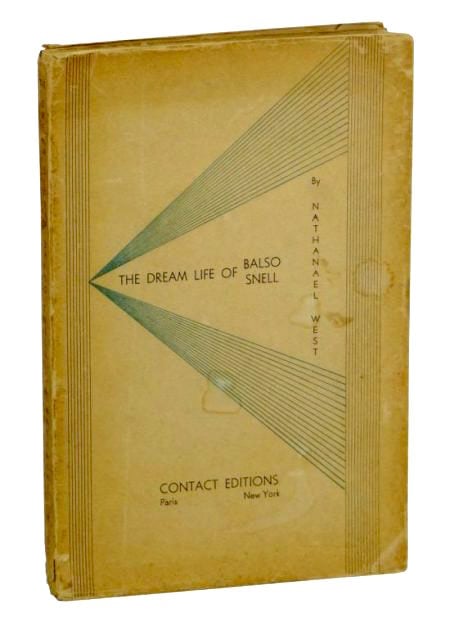
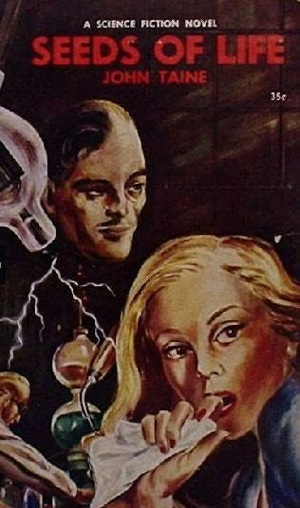
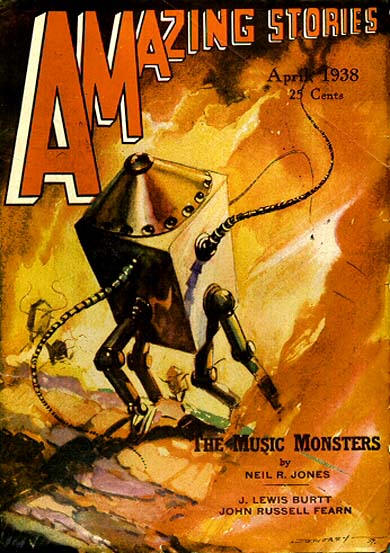
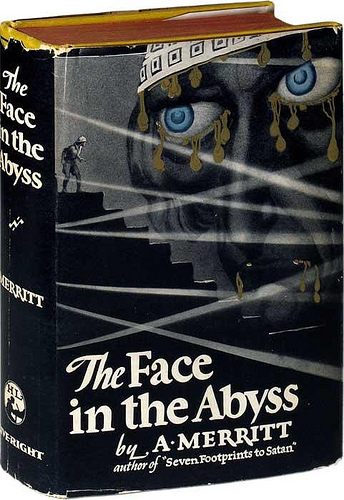
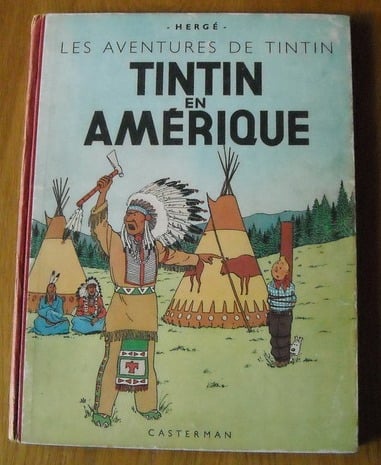
JOSH GLENN’S *BEST ADVENTURES* LISTS: BEST 250 ADVENTURES OF THE 20TH CENTURY | 100 BEST OUGHTS ADVENTURES | 100 BEST RADIUM AGE (PROTO-)SCI-FI ADVENTURES | 100 BEST TEENS ADVENTURES | 100 BEST TWENTIES ADVENTURES | 100 BEST THIRTIES ADVENTURES | 75 BEST GOLDEN AGE SCI-FI ADVENTURES | 100 BEST FORTIES ADVENTURES | 100 BEST FIFTIES ADVENTURES | 100 BEST SIXTIES ADVENTURES | 75 BEST NEW WAVE SCI FI ADVENTURES | 100 BEST SEVENTIES ADVENTURES | 100 BEST EIGHTIES ADVENTURES | 75 BEST DIAMOND AGE SCI-FI ADVENTURES | 100 BEST NINETIES ADVENTURES (in progress) | 1994 | 1995 | 1996 | 1997 | 1998 | 1999 | 2000 | 2001 | 2002 | 2003 | NOTES ON 21st-CENTURY ADVENTURES.
